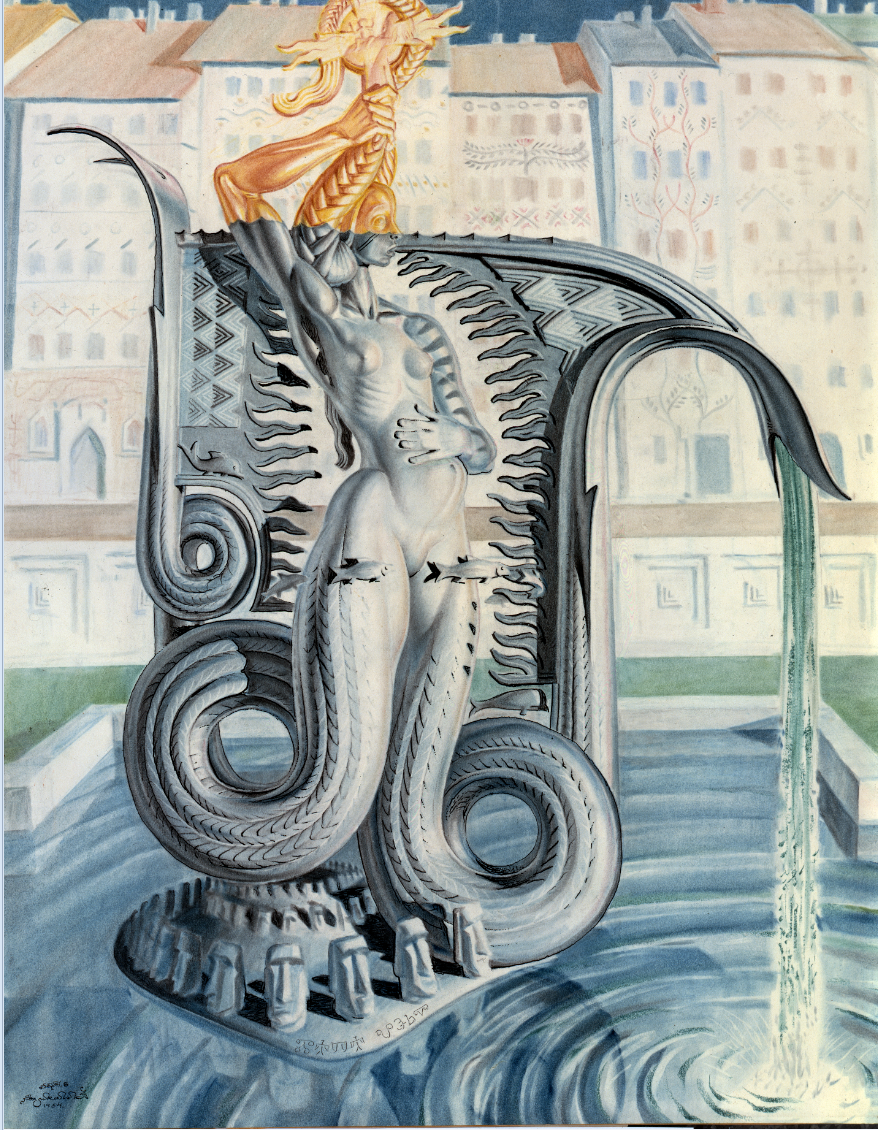Ask the average Warsaw Pact cinephile and you'd be told that the turn toward dense and unconventional Western films that began with the release of Dune was nothing but a pale imitation of the trends that had been coursing through Soviet cinema for decades by that point. Whether you lent any credence to this "imitation rather than parallelism" theory was ultimately rendered moot by the shaky finances that paralyzed the Eastern Bloc in the wake of the so-called Soviet Restoration. If the USS couldn't spare money to continue the First Space Race, after all, there was hardly any slack in the budget for large artistic projects.
The start of the 21st Century would prove kinder on the USS and the Warsaw Pact than the end of the 20th had been, with the Atlanticist Western Bloc spreading itself thin with the War on Terror and Chinese expansion into Tibet creating serious strain among the nations of the Asia-Pacific region, all of that even without the lingering pains of the 2008 recession. Having focused on internal development over foreign adventurism following the wild success of the Crises of '91, money once again began to flow into vanity projects, from the Second Space Race to the cultural sphere, the latter best symbolized by 2013's No Truce With the Furies.
A product of the Baltic Federation artistic collective ZAUM, No Truce With the Furies was perhaps one of the most technically challenging films ever made, taking the form of a massive gamebook where viewer choice helped navigate the amnesiac central character through a fully realized constructed world and a dizzying array of ideologies, personality quirks and complex scenarios and interactions. While the core case of a lynched mercenary and the cause of your police detective's self-destructive tendencies can be discovered on a "speedrun" of just over five hours, fully exploring the world of the film and the limits of your protagonist's pathologies can run as long as fourteen hours for the completionist viewer, though the end result can still vary wildly depending on which of the film's four ideologies the viewer decides to embrace.
Supporting a film that required some two dozen hours of finished footage was always a bold choice, since it would be practically impossible to show in conventional theaters, though the advent of streaming services in the early 2000s made the film a fortuitous gamble, with international audiences raving at the level of complexity and nuance worked into the finished product. The censors were somewhat less than pleased with the ambiguity of the protagonist's communist focus tree, but by all metrics the film had succeeded in its goal, producing a grand show of disposable affluence, technical sophistication, and mass popular appeal. No Truce With the Furies has resonated so well, in fact, that several ARC-funded media projects have adopted the film's style of ambiguous and responsive storytelling over a century later.
The start of the 21st Century would prove kinder on the USS and the Warsaw Pact than the end of the 20th had been, with the Atlanticist Western Bloc spreading itself thin with the War on Terror and Chinese expansion into Tibet creating serious strain among the nations of the Asia-Pacific region, all of that even without the lingering pains of the 2008 recession. Having focused on internal development over foreign adventurism following the wild success of the Crises of '91, money once again began to flow into vanity projects, from the Second Space Race to the cultural sphere, the latter best symbolized by 2013's No Truce With the Furies.
A product of the Baltic Federation artistic collective ZAUM, No Truce With the Furies was perhaps one of the most technically challenging films ever made, taking the form of a massive gamebook where viewer choice helped navigate the amnesiac central character through a fully realized constructed world and a dizzying array of ideologies, personality quirks and complex scenarios and interactions. While the core case of a lynched mercenary and the cause of your police detective's self-destructive tendencies can be discovered on a "speedrun" of just over five hours, fully exploring the world of the film and the limits of your protagonist's pathologies can run as long as fourteen hours for the completionist viewer, though the end result can still vary wildly depending on which of the film's four ideologies the viewer decides to embrace.
Supporting a film that required some two dozen hours of finished footage was always a bold choice, since it would be practically impossible to show in conventional theaters, though the advent of streaming services in the early 2000s made the film a fortuitous gamble, with international audiences raving at the level of complexity and nuance worked into the finished product. The censors were somewhat less than pleased with the ambiguity of the protagonist's communist focus tree, but by all metrics the film had succeeded in its goal, producing a grand show of disposable affluence, technical sophistication, and mass popular appeal. No Truce With the Furies has resonated so well, in fact, that several ARC-funded media projects have adopted the film's style of ambiguous and responsive storytelling over a century later.
